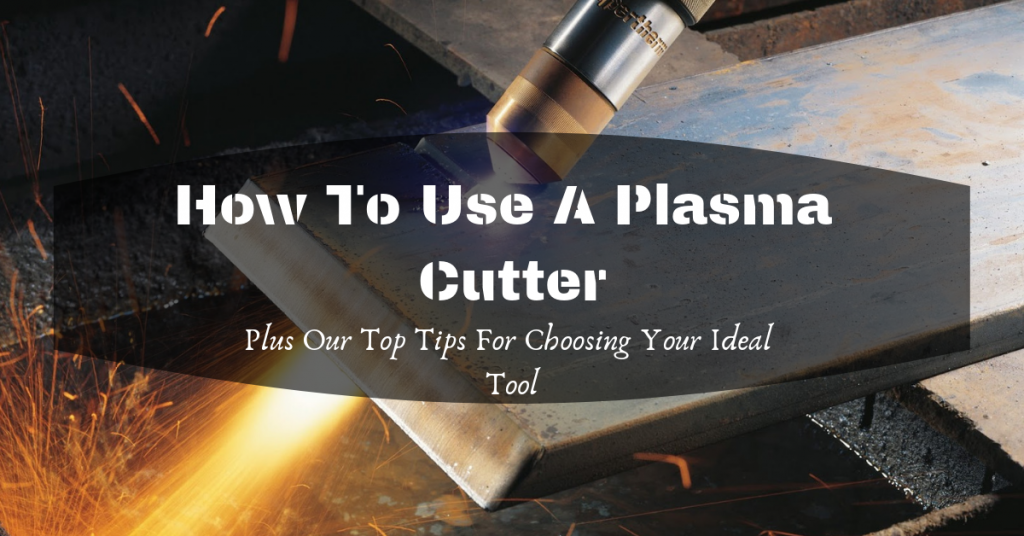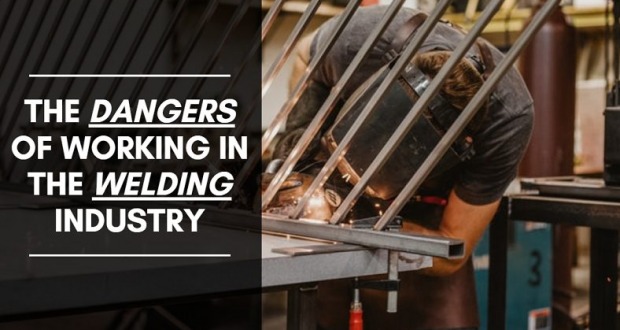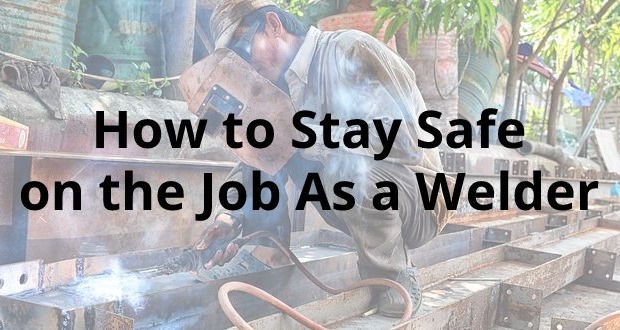
To be honest, the most difficult aspect of operating a plasma cutter is selecting the equipment which will best suit your needs. If you know how to strike an arc and can cut stuff, then the actual cutting is a straightforward process.
Selecting the correct equipment means asking yourself these three questions:
- What is the thickness of the metal which must be cut?
- What is the maximum thickness used in your shop?
- How fast do you need to cut the metal?
It works in a way that is the opposite of a welder. A strong plasma cutter uses high voltage and low amperage. Do not judge the effectiveness of a plasma cutter based on its amperage alone – that is a common mistake.
How to Determine Cutting Speeds
When you know your cutting speed, then you’ll be able to calculate how fast your production levels will be. Most plasma cutter manufacturers use a measurement called “parts per hour” to determine speed and quality ratings.
The thickness of your metal, combined with the strength of your equipment, will determine how fast you can work. We recommend looking at the 3/8-inch cutting speed as an overall gauge of value for the equipment but always think about your common metal thickness used at your shop for this process as well.
On average, you should be able to cut about 40 inches per minute of mild steel, about 50 inches per minute of aluminum, and 30 inches per minute of stainless steel at the 3/8-inch thickness. Anything better than that is fantastic, while below it leads you toward more of an entry-level plasma cutter.
You’ll want to determine what type of cut was used to make that measurement as well. The speed of a rated cut is much different than the speed of a severe cut.
How to Improve Your Cutting Technique
Once your equipment is selected, it is time to improve the cutting technique used with your plasma cutter. Be sure to select either a regular or extended cutting tip, based on your setup. If you’re working with 40+ amps, a drag shield is useful because it will automatically keep the tip of the torch 1/8-inch off the top of the surface area.
If you do not have a steady hand, make sure to invest in a good pair of roller guides and circle guides. These will ensure you’re at the proper standoff height and give you consistency with your cuts.
For those who are trying to remove old welds with their plasma torch, using a gouging tip will give you better results. Only try this if you’re using newer equipment. The older plasma cutters don’t always have enough amperage.
Then remember your start-up. If you use a high-frequency start, you may create interference with surrounding electronics. Replace any worn equipment immediately and maintain your personal protective equipment at all times.
This will help you be able to get the most out of your plasma cutter.[1] For more reviews and product recommendations, visit our homepage.




















